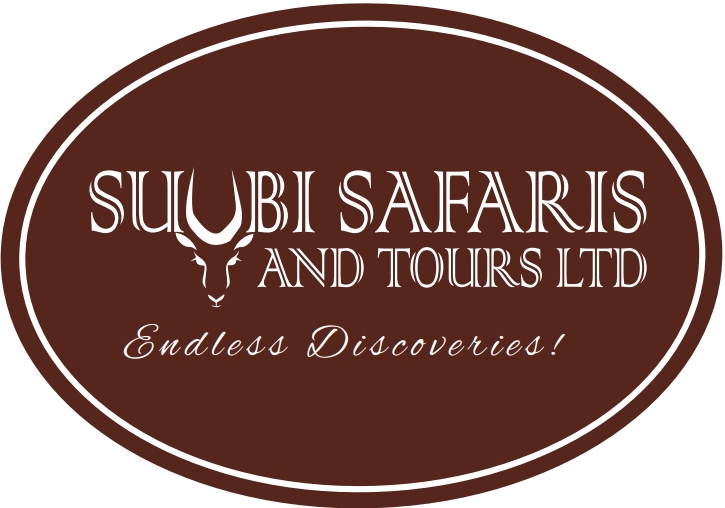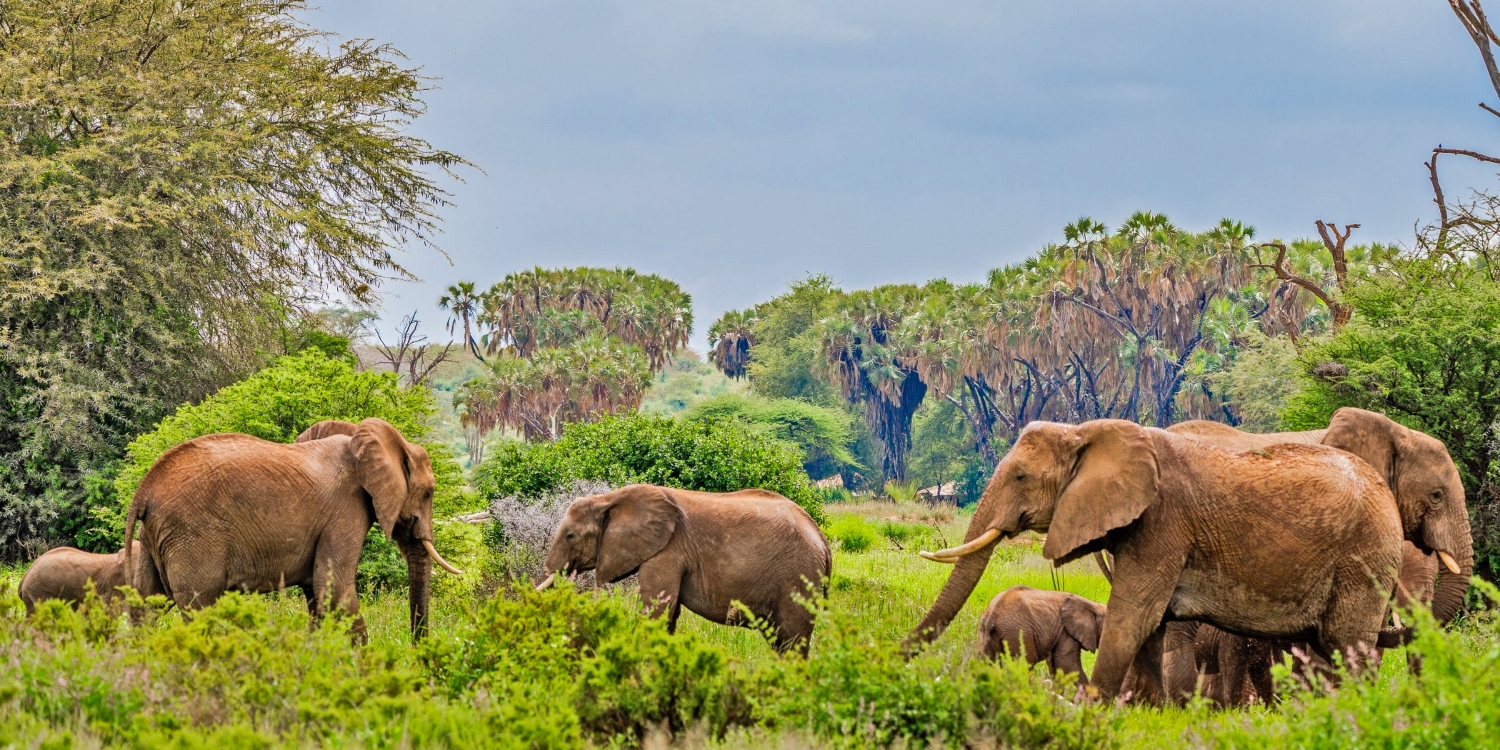Samburu National Reserve, located in northern Kenya, is a captivating wilderness area renowned for its dramatic landscapes and unique wildlife. Situated along the banks of the Ewaso Ng’iro River, the reserve covers an area of approximately 165 square kilometers and is part of a larger ecosystem that includes Buffalo Springs National Reserve and Shaba National Reserve.
Established in 1948, Samburu National Reserve derives its name from the indigenous Samburu people who inhabit the region. It is characterized by semi-arid savannah dotted with acacia trees, rocky outcrops, and riverine forests, creating a striking contrast against the backdrop of the rugged mountains of northern Kenya. The reserve’s remote location and distinct ecosystem make it a haven for wildlife adapted to arid conditions, including species not commonly found in other parts of Kenya.
Things to Do
Visitors to Samburu National Reserve can enjoy a range of activities that showcase its natural beauty and rich biodiversity:
Wildlife Safaris
Game drives are the primary attraction in Samburu, offering opportunities to encounter a variety of wildlife adapted to the arid environment. Highlights include sightings of the “Samburu Special Five”: Grevy’s zebra, Somali ostrich, reticulated giraffe, gerenuk (a type of antelope with elongated neck), and the beisa oryx. Other common sightings include elephants, lions, leopards, buffaloes, and various bird species.
Cultural Experiences
Interaction with the Samburu people provides insights into their traditional way of life, culture, and customs. Many lodges and camps offer cultural visits to nearby villages, where visitors can learn about traditional dance, craftsmanship, and daily activities such as milking goats or making traditional jewelry.
Scenic Landscapes and Photography
The rugged terrains of Samburu National Reserve make it a paradise for photographers and nature enthusiasts. The Ewaso Ng’iro River, lined with doum palms and acacia trees, provides stunning backdrops for capturing wildlife in their natural habitat. Sunrise and sunset game drives offer optimal lighting conditions for capturing memorable photographs.
Nature Walks and Birdwatching
Guided nature walks are available for those seeking a more intimate experience with the reserve’s flora and fauna. Walking safaris offer opportunities to track smaller wildlife and observe the intricate ecosystems of riverine forests and open plains. Birdwatching enthusiasts can spot over 450 bird species, including raptors, waterbirds, and migratory species depending on the season.
How to Get There
Samburu National Reserve is located approximately 350 kilometers north of Nairobi and is accessible by both road and air:
By Road
The journey from Nairobi to Samburu takes about 5 to 6 hours by car, depending on road conditions and traffic. The route passes through scenic landscapes, including the equator crossing near Nanyuki and the picturesque slopes of Mount Kenya.
By Air
Several domestic airlines operate daily flights from Nairobi to Samburu’s airstrip, which is located near the reserve. Flying offers a faster and more convenient option for travelers who prefer to avoid the long road journey.
Samburu National Reserve offers a captivating blend of wildlife, landscapes, and cultural experiences that showcase Kenya’s diverse natural heritage. Whether you’re embarking on a thrilling safari, interacting with the Samburu people, or capturing the reserve’s scenic beauty through photography, Samburu promises an unforgettable adventure off the beaten path.
As a crucial conservation area for endangered species and a sanctuary for unique wildlife, Samburu National Reserve continues to enchant and inspire visitors seeking an authentic African safari experience.


